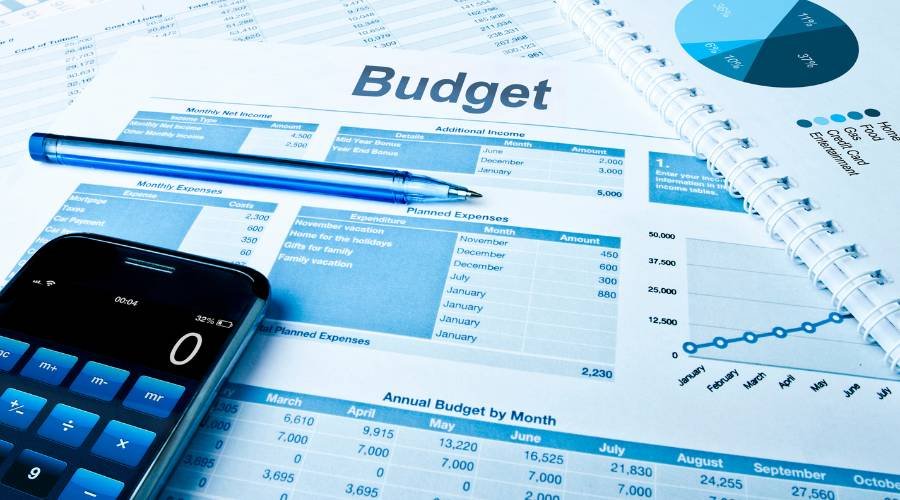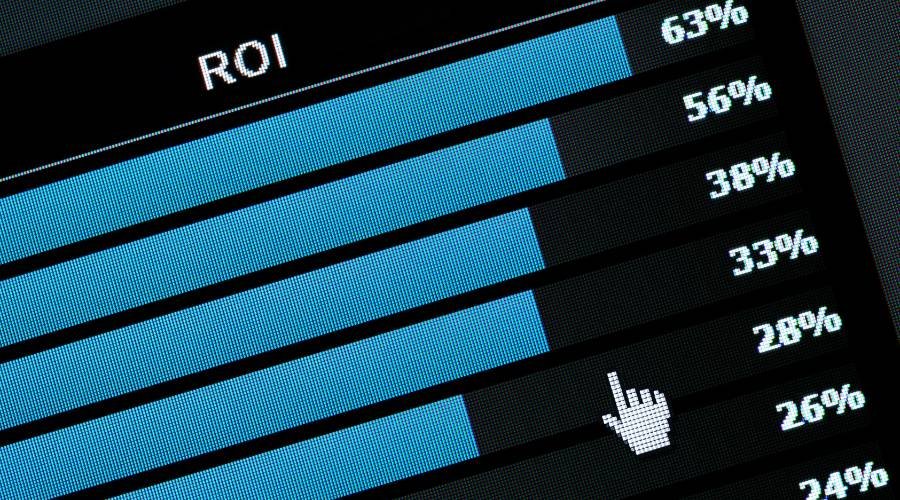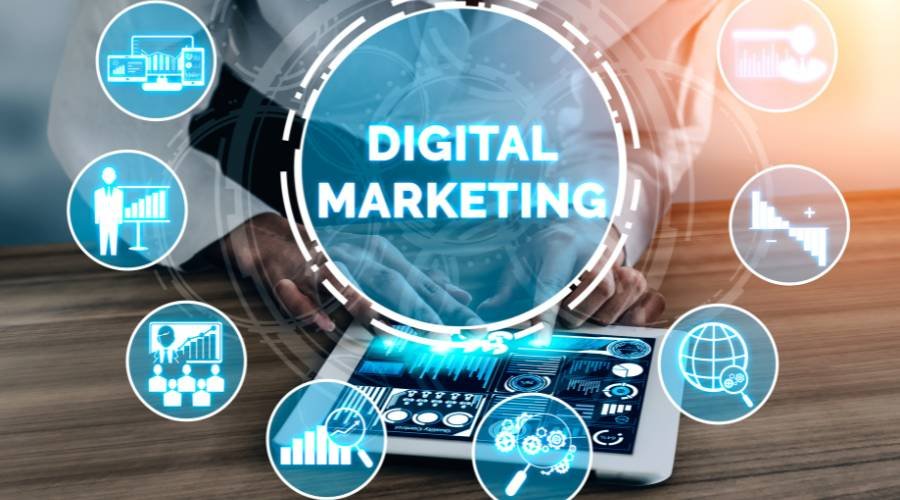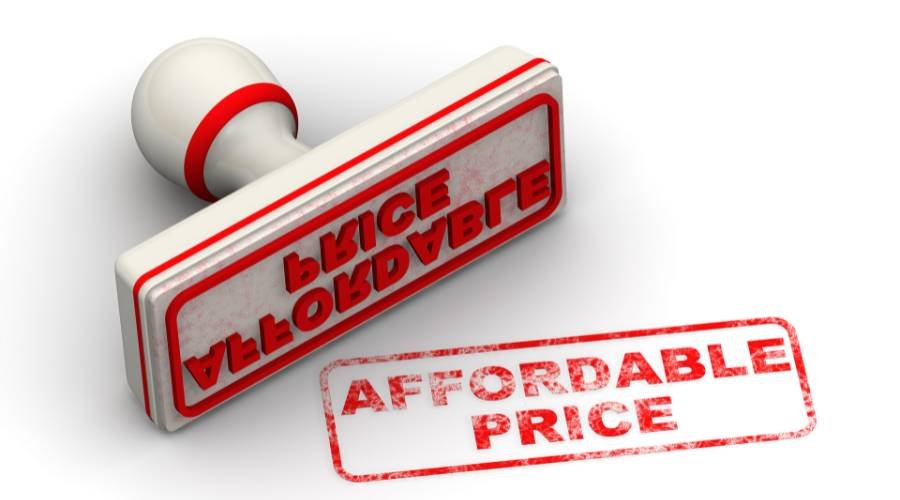Your competitor just spent $5,000 on Facebook ads and got 12 leads. You’re about to learn how to get 50 leads for $500. The difference isn’t luck or secret knowledge – it’s understanding that social media advertising for small businesses follows completely different rules than big brand campaigns. While large companies blast generic messages to everyone, smart small businesses use surgical precision to reach exactly the right people at exactly the right time with exactly the right message.

The Truth About Social Media Advertising for Small Business Success
Here’s what nobody tells you about social media advertising for small businesses: 90% of small businesses fail at it because they copy big brand strategies. They create pretty ads, target broadly, and wonder why they’re paying $100 per lead when they should be paying $10. The platforms want you to spend more, agencies want bigger budgets to manage, but successful small businesses know the secret: precision beats power every time.
Brad from Sunshine Coast was burning $1,000 weekly on broad Facebook campaigns with zero trackable sales. After implementing targeted social media advertising for small business strategies, he reduced spend to $250 weekly while generating 4x more qualified leads. The platforms didn’t change – his approach did.
Platform Breakdown: Where Your Customers Are
| Platform | Best For | Average Cost Per Lead | Small Business Sweet Spot |
| Local services, 35+ audience | $15-$50 | Service businesses, retail | |
| Visual products, under 35 | $20-$60 | Fashion, food, fitness | |
| B2B, professionals | $50-$150 | Consulting, software, recruitment | |
| TikTok | Young consumers, trends | $10-$30 | E-commerce, entertainment |
| Google Ads* | High-intent searches | $30-$100 | All businesses (not social but crucial) |
*Included for comparison
The biggest mistake in social media advertising for small businesses? Being everywhere poorly instead of somewhere perfectly. Rebecca from Sydney focused solely on Facebook and Instagram, ignoring LinkedIn and TikTok entirely. Result? 340% increase in leads because she mastered two platforms instead of failing at four.

The $500 Monthly Budget That Beats $5,000 Campaigns
Week 1: $125 – Testing Phase
- Create 3 different ad angles
- Test 3 audiences ($40 each)
- Identify a winning combination
- Cost per lead: $25-$50 (learning phase)
Week 2: $125 – Optimization Phase
- Scale winning combination
- Refine targeting based on data
- Improve ad creative
- Cost per lead: $15-$30 (optimizing)
Week 3: $150 – Scaling Phase
- Increase the budget for the winners
- Launch lookalike audiences
- Add retargeting campaigns
- Cost per lead: $10-$20 (profitable)
Week 4: $100 – Sustaining Phase
- Maintain profitable campaigns
- Test the new creative for next month
- Build retargeting pools
- Cost per lead: $8-$15 (optimized)
Monthly Result: 30-50 qualified leads for $500 Big Budget Alternative: Same leads for $2,000+ without optimization
The 5 Fatal Mistakes Killing Your Social Media Advertising ROI
Mistake #1: Boosting Posts Instead of Creating Ads.. Boosted posts are Facebook’s way of taking your money without delivering results. Proper ads through Ads Manager give you 10x more control and typically 5x better results. Every dollar spent on boosting is a dollar wasted.
Mistake #2: Targeting Everyone Who “Might” be women aged 18-65 in Australia who like shopping is not a target audience. “Women 35-45 in Brisbane who follow specific competitor pages and have purchased online recently” is. Narrow targeting reduces costs by 70%.
Mistake #3: Using Stock Photos and Generic Copy. Your audience sees thousands of ads daily. Stock photos and “We’re the best!” copy guarantee invisibility. Real photos of your actual business and specific, benefit-focused copy cut costs in half.
Mistake #4: Not Installing the Facebook Pixel. Without the pixel, you’re flying blind. You can’t track conversions, build retargeting audiences, or optimize for sales. It’s like running a store with your eyes closed.
Mistake #5: Giving Up After One Week. Social media algorithms need time to learn. Campaigns that lose money in week one often become profitable by week three. Ali from Gold Coast almost quit after seven days – by day 21, his campaigns were generating 400% ROI.
The Psychology of Small Business Social Media Ads That Convert
Pain Over Pleasure “Tired of losing customers to competitors?” beats “Grow your business!” every time. People take action to avoid pain faster than to gain pleasure. Your ads should address problems before presenting solutions.
Specificity Sells “Save $500 on your next plumbing bill” beats “Save money on plumbing.” Specific numbers, timeframes, and outcomes make ads believable and actionable.
Social Proof Shortcuts “Join 500 Brisbane business owners who’ve switched” leverages crowd psychology. People follow others’ actions when uncertain.
Urgency Without Hype “7 spots left for November” (if true) beats “LIMITED TIME OFFER!!!” Genuine scarcity motivates; fake urgency repels.
Creating Your First Profitable Campaign: Step-by-Step Guide
Step 1: Define Your Perfect Customer (30 minutes)
- Age, location, income level
- Problems they face
- Solutions they’ve tried
- Where they hang out online
- What they buy before buying from you
Step 2: Craft Your Irresistible Offer (1 hour)
- Specific solution to a specific problem
- Clear value proposition
- Risk reversal (guarantee)
- Reason to act now
- Easy next step
Step 3: Create Ad Assets (2 hours)
- 3 different images/videos
- 3 different headlines
- 2 different ad copies
- Clear call-to-action
- Mobile-optimized landing page
Step 4: Set Up Targeting (30 minutes)
- Start with one platform
- Create a custom audience based on the customer profile
- Set conservative daily budget ($10-$20)
- Choose conversion objective (not awareness)
Step 5: Launch and Learn (Ongoing)
- Monitor daily for the first week
- Don’t change anything for 3 days minimum
- Optimize based on data, not feelings
- Scale what works, cut what doesn’t
Advanced Strategies: The Tactics Agencies Charge Thousands to Implement
Retargeting Sequences Don’t show the same ad repeatedly. Create sequences:
- Day 1-3: Introduce the problem
- Day 4-7: Present solution
- Day 8-14: Add urgency
- Day 15+: Final offer
This approach reduces cost per conversion by 60%.
Lookalike Audiences: Upload your customer email list, let Facebook find similar people. These audiences typically convert 3x better than interest-based targeting.
Video View Funnels
- Run a video ad to a broad audience
- Retarget people who watched 75%+
- These viewers convert at 5x the rate
Dynamic Creative Testing: Let Facebook combine different headlines, images, and copy automatically. Find winning combinations without manual testing.
Local Business Social Media Advertising: The Geographic Advantage
Suburb-Level Targeting Target “Paddington, Brisbane,” not just “Brisbane.” Hyper-local campaigns cost less and convert better because relevance increases.
Local Awareness Objective: Facebook’s local awareness ads show your business to people currently near your location. Perfect for restaurants, retail, and service businesses.
Community Group Integration: Advertise to members of local Facebook groups. These highly engaged audiences convert at 2-3x standard rates.
Event-Based Campaign targets people attending local events. A restaurant near Suncorp Stadium targeting event attendees sees 10x normal conversion rates on game days.
Measuring Success: The Only Metrics That Matter
Vanity Metrics to Ignore:
- Impressions (unless ridiculously low)
- Reach (unless targeting is off)
- Likes (unless selling social proof)
- Video views (unless that’s your goal)
Victory Metrics to Track:
- Cost per lead
- Cost per sale
- Return on ad spend (ROAS)
- Customer lifetime value from social
- Conversion rate by audience
Brad from the Sunshine Coast stopped celebrating 10,000 impressions and started tracking cost per booking. His “unsuccessful” campaign with 500 impressions was generating profitable bookings at $12 each.
Platform-Specific Tips for Small Business Success
Facebook Advertising:
- Focus on the 35+ audience for services
- Use carousel ads for multiple services
- Leverage Facebook groups for targeting
- Test Messenger ads for quick responses
Instagram Advertising:
- Stories ads for under 35 audience
- User-generated content performs best
- Shopping tags for product businesses
- Reels ads for maximum reach
LinkedIn Advertising:
- Target by job title and company size
- Share valuable content, not just sales
- InMail campaigns for high-ticket services
- Document your expertise with articles
TikTok Advertising:
- Native-feeling content only
- Partner with micro-influencers
- Trend-jacking for virality
- Focus on entertainment value
Why Smallbiz Optimize Makes Social Media Advertising Work
✅ Small Business Focus: We only work with budgets under $5,000/month, perfecting strategies for limited resources
✅ Platform Expertise: Certified in all major platforms, but recommend only what works for you
✅ Transparent Pricing: Flat fee management, no percentage of spend that incentivizes waste
✅ Local Market Knowledge: From Brisbane to Sydney, we know what works where
Frequently Asked Questions About Social Media Advertising for Small Businesses
Q: What’s the minimum budget to see results from social media advertising? A: You can start with $300-$500 monthly and see results. The key is focused targeting and patience. Better to spend $500 wisely than $5,000 poorly.
Q: Should I advertise on all social platforms? A: No. Master one platform before expanding. Most small businesses succeed by dominating 1-2 platforms rather than being mediocre on all.
Q: How long before social media ads become profitable? A: With proper setup, initial results appear within 7-14 days. Profitability typically comes by day 21-30 as algorithms optimize. Don’t judge campaigns before 2 weeks minimum.
Q: Can I run social media ads myself, or do I need an agency? A: You can start with proper education. Agencies become valuable when you’re spending $1,000+ monthly and need advanced optimization. Below that, DIY with guidance often works better.
Q: What’s better: social media ads or Google Ads? A: They serve different purposes. Google captures existing demand (people searching), and social creates demand (interruption marketing). Most businesses benefit from both, starting with Google for immediate needs.
Q: How do I compete with big brands on social media? A: You don’t compete – you outmaneuver. While they target everyone, you target your specific niche. While they build awareness, you drive conversions. Small and specific beats big and broad.
Stop Wasting Money, Start Generating Customers
Social media advertising for small businesses isn’t about having the biggest budget or the flashiest ads. It’s about understanding your customers, targeting precisely, and optimizing relentlessly. While your competitors throw money at platforms hoping something sticks, you’ll invest strategically and profit predictably.
Every day you delay is another day competitors capture customers through social media. But with the right approach, you can leapfrog bigger budgets and dominate your niche. Your customers are scrolling right now – make sure they see you, not your competitors.




